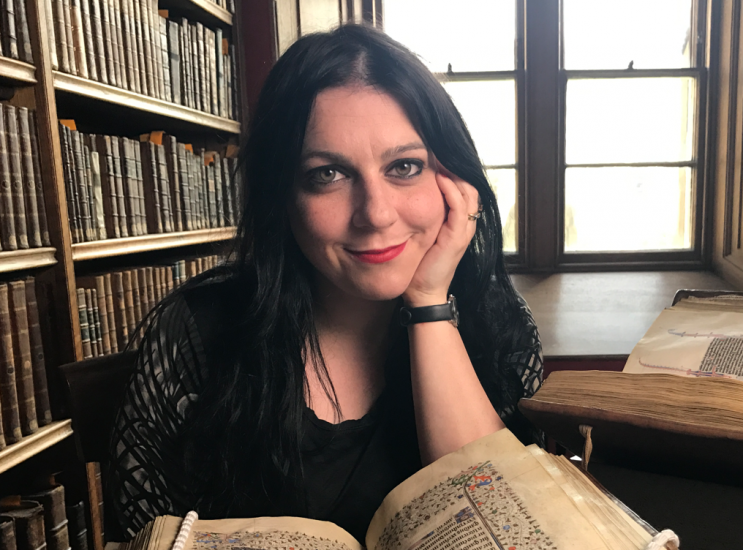“I created my own historical method,” reflected Janina Ramirez on the imaginative approach behind her latest book, Femina: A New History of the Middle Ages Through the Women Written Out of It, which she bills as an attempt to reconstruct the lives of “disenfranchised” women “who have been kept out of the past” and which recently shot to the top of the Sunday Times best-sellers list.
“I knew I was doing something different this time. I’d start each chapter with a discovery but also consider other things beyond historical records – people’s landscapes, their bodies, where they grew up, what they looked like – because I wanted to get a sense of that person and their voice,” continued Dr Ramirez, a research fellow at the University of Oxford who, thanks to her series of BBC Four programmes over the past decade, has become one of Britain’s best-known historians.
Reconstructing the lives of the 50 medieval women profiled in Femina – some well documented, such as the mystics Julian of Norwich or Hildegard of Bingen, and others entirely forgotten – often involved looking behind the sometimes unreliable documents on which historians usually rely.
Often, the records of these women’s lives “have been deliberately destroyed so we can’t hear their voices, but technology can show us ways to understand people through their bodies”, said Dr Ramirez.


